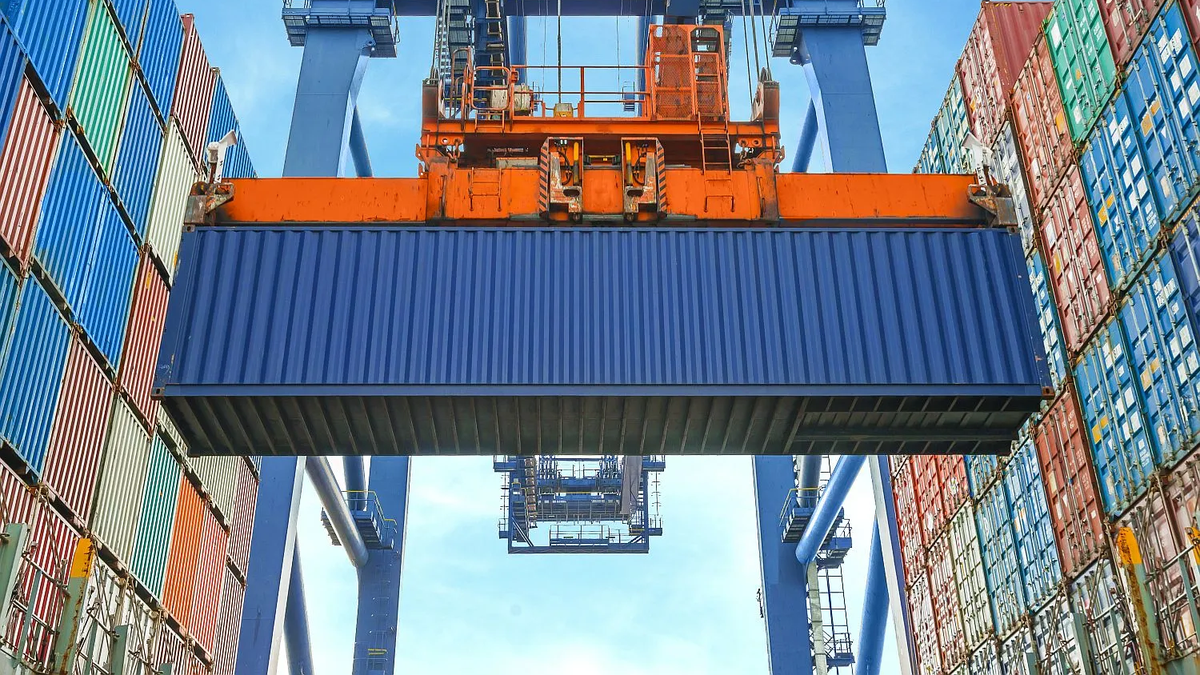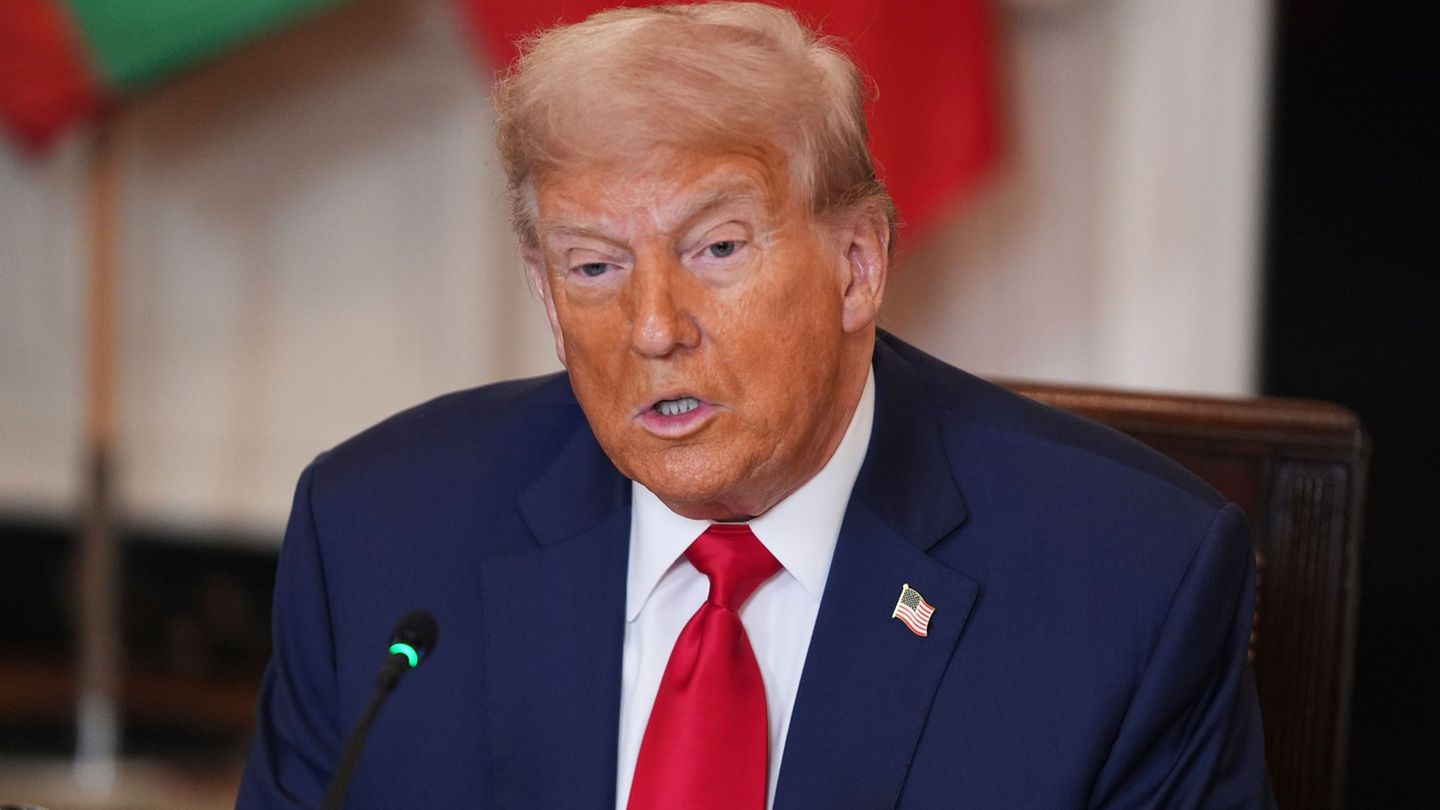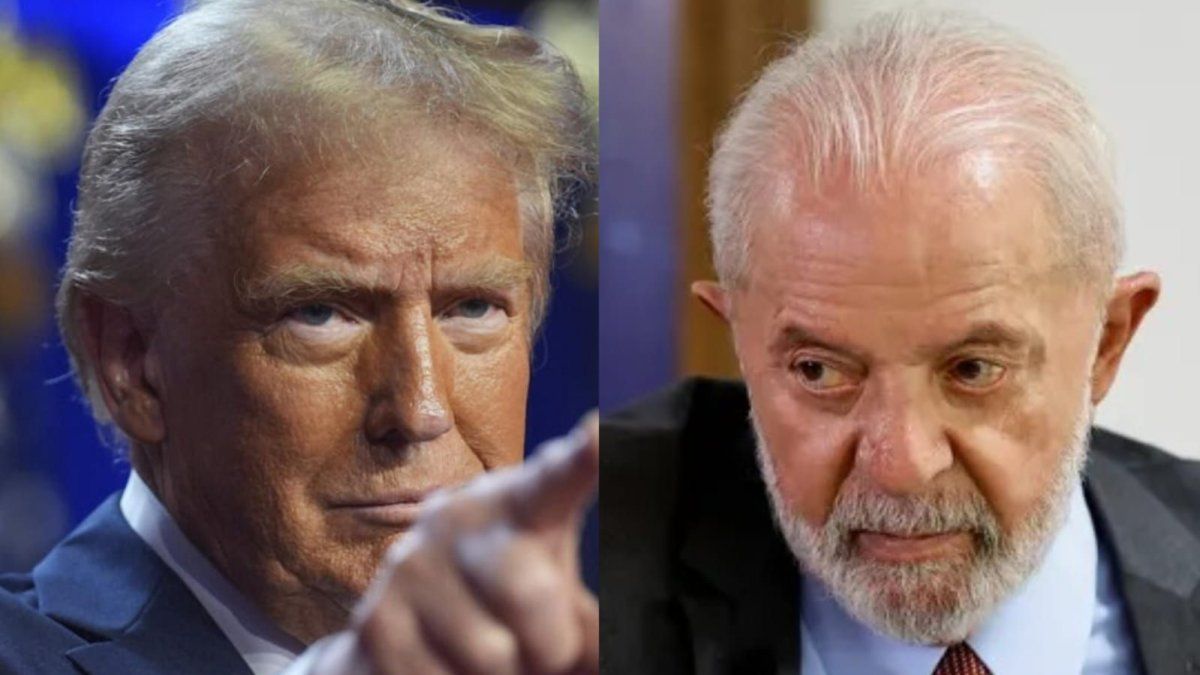According to the figures from the exchange balance of the entity led by Santiago Bausili, the Gross International Reserves increased US$4,505 million between January and April. This variation was explained almost entirely by the dollars accumulated during January.
The main factor explaining this improvement was the positive balance of US$12,099 million that showed the balance of assets of the BCRA. This number was quite far from the US$6,157 million of trade surplus that INDEC reported for the same period.
This difference was explained by the commercial debt, which fundamentally contemplates imports that are made but not paid for. Specifically, so far in 2024, foreign purchases totaled about US$17,777 million, but the Central only paid US$8,509 millionleaving a liability close to US$9,000 million for the future.
Booming commercial debt
According to the consulting firm’s report, PxQ, which works with the data available until March and prior to the publication of the April exchange balance, updated the information on commercial debt.
exports-imports-trade-ship.jpg
Depositphotos
According to these data and as of December 12, the commercial debt totaled US$51.1 billion. After postponing 22% of the stock and making cancellations, it was possible to reduce that figure to $33.1 billion. However, the commercial debt accumulated since December reaches US$44,203 million until March and, with the April numbers, it would reach US$45,752 million.
From that consultancy they highlighted that the growth ofCommercial debt has been slowing down over the months, maintaining that trend in April. During that month, payments covered 67% of imports, showing some normalization compared to December (17%), January (23%), February (41%) and March (60%). Despite this improvement, the phenomenon still had a significant impact on BCRA purchases, explaining almost half of what the Central Bank acquired in April.
Source: Ambito




